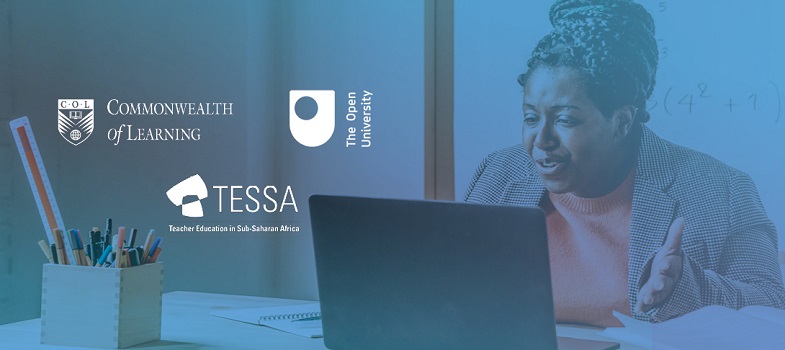Week 4: A toolkit for inclusive teaching and learning
6. Summary
This course has encouraged you to think about who might be excluded from learning and why. It has introduced you to learner-centred education as a policy response to international calls for more inclusive education. It encourages you to think about why it is an appropriate response and highlighted the inclusive attitudes that underpin the policy. In Week three the focus was on what inclusive education looks like and this last week has seen the emphasis switch to how the vision set out in the Salamanca Statement can be achieved. There are no ‘quick fixes’ but the argument was made for regular reflection on practice as a ‘tool’ support the development of teachers’ knowledge of practice and knowledge in practice, alongside the use of free, contextualised resources.
Effective inclusive education undoubtedly benefits all learners. There are some learners, however, who require extra support, and the course Creating an inclusive school will focus on Wave 2 of the Wave model you were introduced to in Week 1 of this course, as well as the progress that can be achieved through collaboration and partnership.
Further resourcesOther resources that might be useful to you are listed here. We have included some materials about supporting learners with specific difficulties as well as some about inclusion in general.
-
Brief overview of ‘what is inclusion’
https://www.teachingenglish.org.uk/article/what-inclusion-how-do-we-implement-it -
This news article is about Kenya’s new inclusion policy:
https://www.cbm.org/news/news/news-2019/cbm-helps-kenya-implement-its-new-inclusive-education-policy/ -
Some Kenya specific case studies-
https://sendmyfriend.org/wp-content/uploads/2016/02/Accessing-inclusive-education-for-children-with-disabilities-in-Kenya-GCE-UK-Feb-2016.pdf -
Article on inclusive ed in Botswana
http://mierjs.in/ojs/index.php/mjestp/article/view/70 -
Specific guidance on teaching students with a visual impairment
https://www.sightsavers.org/wp-content/uploads/2018/09/Teachers-guide-CWVI_Senegal-2.pdf -
A resource from New Zealand on supporting children with physical disabilities:
https://www.inclusive.tki.org.nz/assets/inclusive-education/MOE-publications/MOESE0042Physicaldisabilities-booklet.pdf
